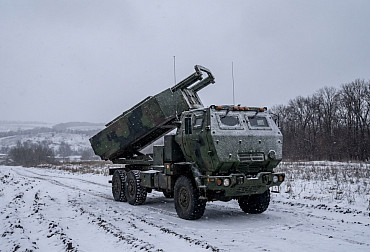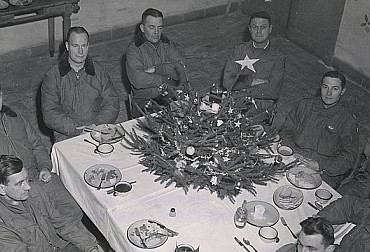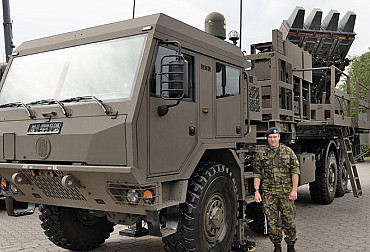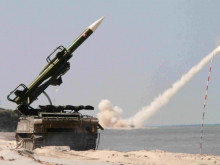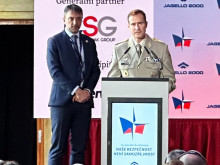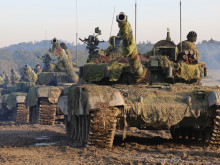The Czech Republic Takes Care of the Maintenance of War Graves. However, It Gets into a Dispute with Russia.
Maintenance of war graves and sites in the Czech Republic is regulated by law. The municipalities, regions have their responsibilities, as well as The Ministry of Defence. It does not only keep records, but it also provides financial subsidies for the maintenance. It also tries to maintain the graves of the Czechoslovak soldiers abroad, however, it is not always easy. Many years of conflict with Russia has been escalating recently.
The Czech Republic has signed the agreements on maintaining war graves with the United Kingdom, Slovakia, the Republic of Slovenia, the Republic of Serbia, Romania, Ukraine and the Russian Federation, too.
At first sight, it is evident that these are the territories where most of the Czechoslovak soldiers were killed during the World War I, though there are locations from all around the world listed in the online system of War Graves Records.
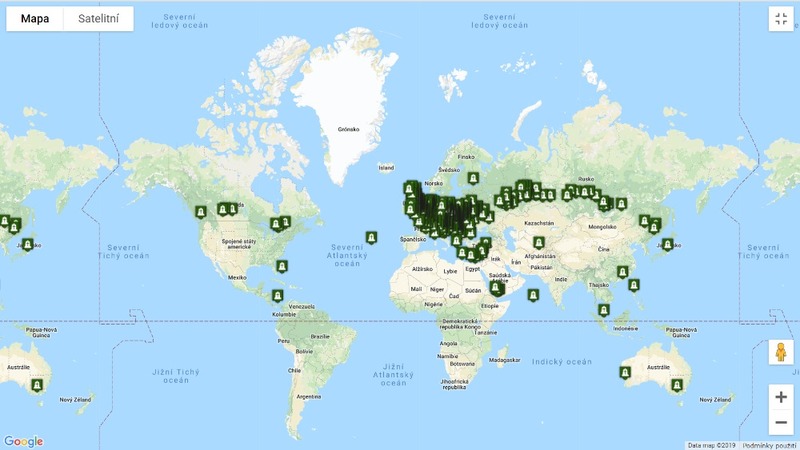
Picture: Overall view of the location of war graves in the Czech Republic and the location of Czech war graves in the territory of other countries | army.cz
The Russians still perceive the Czechoslovak legionaries as enemies
Czechoslovak legionaries lie in graves mostly in the territory of Russia. They were grouped from the inhabitants of Bohemia, Moravia and Slovakia, who were led away by the Austro-Hungarian Army during the First World War, and they deserted. The emergence of independent Czechoslovak units in Eastern, Western and Southern Europe was one of the key factors for the subsequent establishment of the independent Czechoslovakia in 1918.
Afterwards, these legionaries achieved the greatest military success in Russia. They took part in several victorious battles of the war, including Zborov and Bakhmach. Consequently, they joined the Russian Civil War and fought against the Bolsheviks. At one time they controlled the entire Trans-Siberian railway and most of the large cities of Siberia before retreating back to Czechoslovakia.
It is apparent that after the establishment of the USSR the legionnaires did not enjoy any respect. Nowadays, many Russians still think of legionnaires as enemies due to many years of the communist propaganda. After the end of the Second World War, when the Soviet Secret Service infiltrated to the Czechoslovakia with the Red Army, many legionnaires were sentenced in manipulated trials, or even kidnapped to the USSR.
The promising cooperation ended by accusation due to stolen funds
Nevertheless, it was possible to successfully establish cooperation and restore many of the sacred places within the democratization of Russia in the 1990s. We were even able to organize the extensive exhibition in Moscow in 2011 to bring the activity of the Czechoslovak legions closer. However, the criticism of the Russian approach appeared in the Czech media, which was probably related to the new Russian doctrine and the war in Ukraine.
The Czech Ministry of Defence coordinates the care of Czech war graves abroad through embassies. Based on the need it allocates funds for their maintenance and repairs. The Defence Department has distributed 200,000 € in total this year. However, the government decided to distribute the money intended for Russia between Slovakia and Ukraine.
The reason is that Russia does not respect the intergovernmental agreement and does not maintain or even discontinues the sacred places. The Czech Ministry of Defence even recalled that the Russian organization that is responsible for the grave maintenance had already embezzled part of the subsidy for the renovation of the graveyard in Vladivostok in 2005. The Russians were offended and even brought action for defamation against the chief coordinator of the care for the Czech war graves.
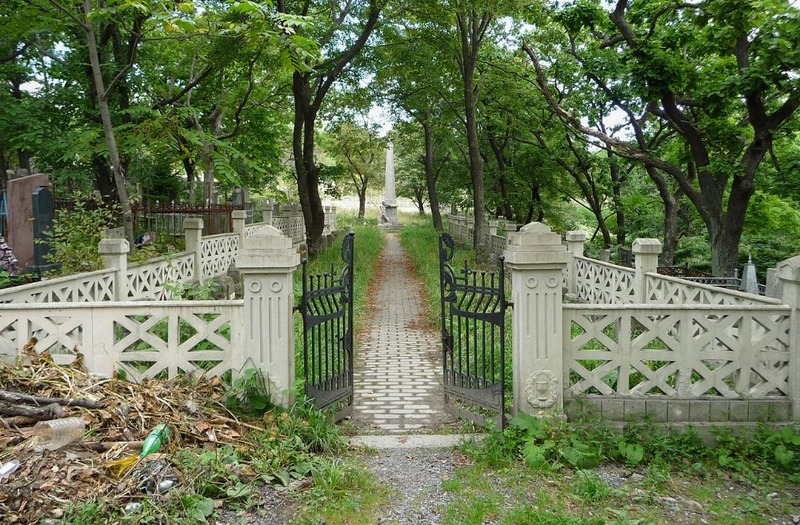
Picture: Burial ground of the Czechoslovak legionnaires in Vladivostok | Wikimedia Commons
Resumption of the cooperation is complicated by a dispute over the statue of Konev in Prague
A year-long discussion on the future of the Marshal Konev Memorial in Prague also contributes to the escalation of the already tense situation. Ivan Stepanovich Konev led troops that helped to liberate the City during the Prague Uprising in May 1945. Nevertheless, later he led a brutal suppression of the Hungarian Uprising (1956).
Part of the Czech public is convinced that he also helped to suppress the Prague Spring (1968). However, he was already retired at that time and, according to his daughter’s memories, he ‘was not thrilled’ by the invasion of the Warsaw Pact troops into Czechoslovakia.
Therefore, the City added an information table with a brief biography to the statue, but the vandals are constantly coming back, painting the statue pink or spraying it in red colour. Therefore, the responsible municipal district responded to these events by building scaffolding with canvas around it, which was obviously torn down by the activists. A few days ago, the scaffolding was removed as the statue was painted with protective coating to protect it from paint.

Picture: Statue of Marshal Konev in Prague 6 – Bubenec | Gampe, CC BY-SA 4.0
This ‘war of Konev’ is absurd, provoked by a handful of activists on both sides and fuelled by tremendous interest of media. After 1989, the statues of Lenin and Stalin were removed, as well as all the swastikas and busts of Hitler that disappeared after 1945. Nevertheless, the whole time, especially for the last 30 years, there was a consensus that the soldiers deserve respect. If the Czech Republic requests this from the Russian Federation, it is logical that the opposite is also true.
It would be very sad if this media and diplomatic dispute took its toll by plundering the places of the last rest of the Czechoslovak legionnaires.












